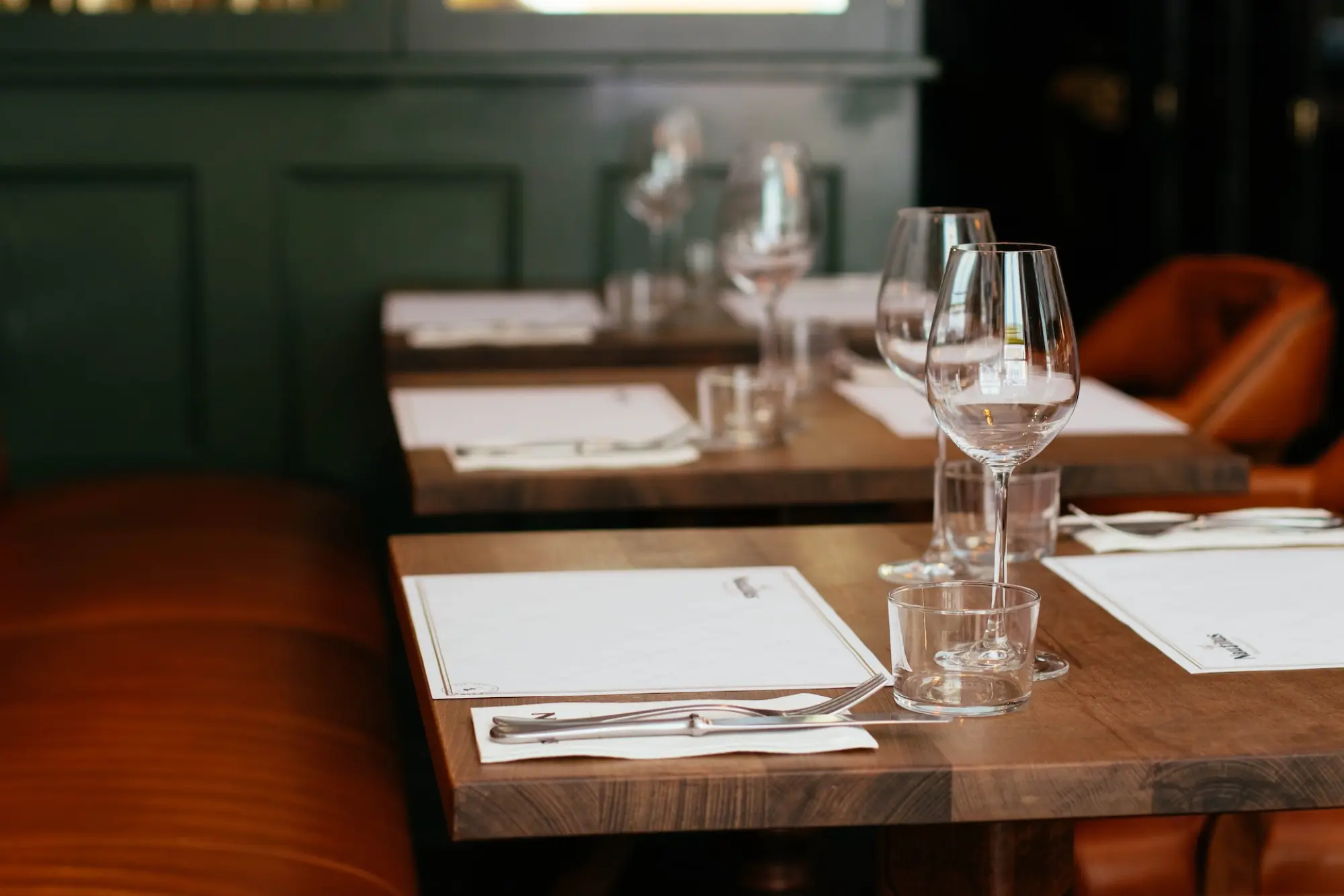With plates flying every which way and customers scrambling for tables, the restaurant was a tense, hectic place not long ago. In 2020, customers demand convenience above all else. We are becoming busier, faster than ever.
Fast-tracked by the COVID-19 crisis, the rapidly growing food delivery sector threatens the restaurant in 2020. In an age where the relevance of the conventional sit down restaurant is heavily debated and physically not maintainable, restaurateurs must respond to our changed lifestyles by streamlining their service through technology.
The long-sighted restaurant owner will look to technology as a means of calming culinary chaos. Emerging trends like online ordering, touch screen digital menus and text-based notifications will modernise a restaurant, not only saving valuable staff time but — more importantly — helping to keep them healthy and safe.
1. Digital menu
Many restaurants are moving away from the traditional paper menu in preference of a modernised, more sanitary digital menu option. Digitising a menu means owners and managers have the ability to make daily changes, accommodating daily specials and menu additions. Using a software system like Nutritics makes it easier to provide nutrition and allergen information on seasonal or special items. Easy to disinfect, digital menus also afford the opportunity to adjust prices at the touch of a button, particularly important in a country like Ireland where food tax is ever increasing.
2. Touchscreen kiosks and tablets
On top of real time flexibility, digital menu installation streamlines the ordering process. Many restaurants are currently opting to install tablets or ordering kiosks, reducing the need for floor staff and dramatically decreasing labour costs. Restaurant staff is not unnecessarily put at risk in order to provide a smooth customer experience.
3. Self-hosted online ordering
The 2020 convenience-seeking customer has an insatiable appetite for food delivery and online ordering. ‘Between 2018 and 2023, restaurant delivery is projected to grow at more than three times the rate of on-premises sales, with the preponderance going to digital orders.’ People are no longer cooking and eating at home – 18-64 year olds consume 24% of their total energy from food and drink outside the home.*
4. Text-based notifications
Nothing wards off punters like a long queue. Waiting groups of disgruntled customers hampers the movement of busy staff and creates an unwelcoming environment for potential customers. Nowadays, more and more restaurants implement text-based notifications, alerting customers when their table or take out is ready. Consumers love this – nobody wants to feel like an imposition!
5. Scheduling apps
Rostering is one of the biggest hassles in restaurant managing. Many restaurants employ students and others with part time availability. Negotiating staff availability in restaurants is difficult. Scheduling apps make this job a lot easier. Many popular scheduling apps allow employees to enter availability and request holidays. Suitable schedules are auto-generate rosters based on staff availability.
6. Digital stocktaking
Digital stocktaking platforms have taken the restaurant world by storm the past couple of years. Restaurant owners are waking up to the vices of traditional pen and paper stock-taking methods; they are easily manipulable and labour intensive. Accurate tracking of stock should inform price points, profitability and long term business planning. Digitising the stock taking process ads efficiency and ease to an otherwise laboursome and task.
7. Upping social media output
Platforms like Instagram have surged in popularity in recent years. Many independent food outlets now use Instagram as their principal marketing tool. Visual food content is powerful, and cheap! Many interested consumers will peruse an Instagram account or geo-location in search of a more ‘candid’ representation of a restaurant. Restaurants are now being designed through the lens of an iPhone camera, with much thought being given to the positive representation of food and decor on online spaces. Ambiance and environment are newly considered factors in restaurant decision making. The millennial craves a full eating experience, with expectations extending far beyond flavour and service. Successful restaurants will respond to these new requirements by feeding the customer content through social media and ensuring photogenic food and decor presentation.
